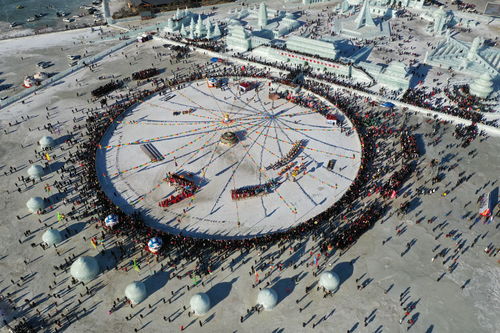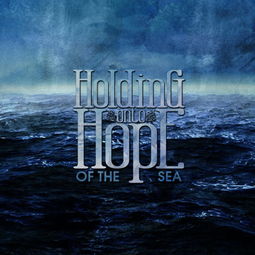Winter fishing at reservoirs can be a serene and rewarding experience, but it also requires a unique set of techniques to ensure success. The cold water temperatures and changing weather patterns demand that anglers adapt their methods. Here's a comprehensive guide to help you master winter fishing at reservoirs with effective techniques.
Understanding Winter Reservoir Conditions
Winter brings about several changes in reservoir conditions that anglers must consider:
Water Temperature: Cold water temperatures slow down fish metabolism, making them less active. This often leads them to seek warmer water, which can be found near the bottom or in deeper areas of the reservoir.
Shallow Water: As water cools, fish tend to move to deeper water. However, some species like to remain in shallow areas where they can find food and protection from the cold.
Food Supply: The availability of food decreases during winter, leading fish to become more selective. They will focus on high-energy prey, such as shad, minnows, or baitfish.
Weather: Cold fronts, snow, and ice can affect fish behavior. Understanding weather patterns is crucial for planning your fishing trips.

Essential Winter Fishing Techniques
Choosing the Right Location:
- Focus on deeper areas where fish are likely to congregate. Look for drop-offs, ledges, or submerged structures.
- In shallow water, try areas with dense vegetation or logs, as they can provide cover and warmth for fish.
Timing Your Trip:
- Fish are most active during the warmest part of the day, typically late morning to early afternoon. Plan your trips accordingly.
- If the weather is particularly cold, consider fishing during the morning hours when the sun is highest and temperatures are warmer.
Using the Right Gear:
- Use heavy-duty gear to handle the increased weight of fish in cold water.
- Longer rods and heavier line can help you reach deeper areas and maintain better control over your bait.
Bait and Lures:
- Use baits that mimic natural prey, such as live minnows, jigs, or soft plastics.
- For artificial lures, consider using slower presentations that mimic struggling prey, as fish are less active.
Winter Specific Baits:
- In winter, fish are more likely to be bottom feeders. Use baits that can be fished near the bottom, such as heavy jigs or sinkers attached to your line.
- Live bait can be very effective, but make sure it's lively and well-cared for.
Adjusting Your Technique:
- Fish may be more cautious during winter, so take your time and allow your bait to settle before striking.
- Vary your retrieve speed and depth to find what works best for the conditions.
Weather Awareness:
- Keep an eye on the weather forecast. Windy conditions can make fishing difficult, and sudden cold snaps can stress fish.
- If the weather is expected to worsen, it's better to cancel your trip than to risk it.
Safety First:
- Dress in layers to stay warm and dry. Include a good quality, insulated jacket, gloves, and a hat.
- Carry a first aid kit and ensure you have a way to call for help if needed.
Conclusion
Winter fishing at reservoirs can be challenging, but with the right techniques and preparation, it can also be incredibly rewarding. By understanding the unique conditions of winter fishing and adapting your approach, you can increase your chances of success. Remember to respect the natural environment and practice ethical fishing, and you'll enjoy the beauty and tranquility of winter fishing on your next trip to the reservoir.












